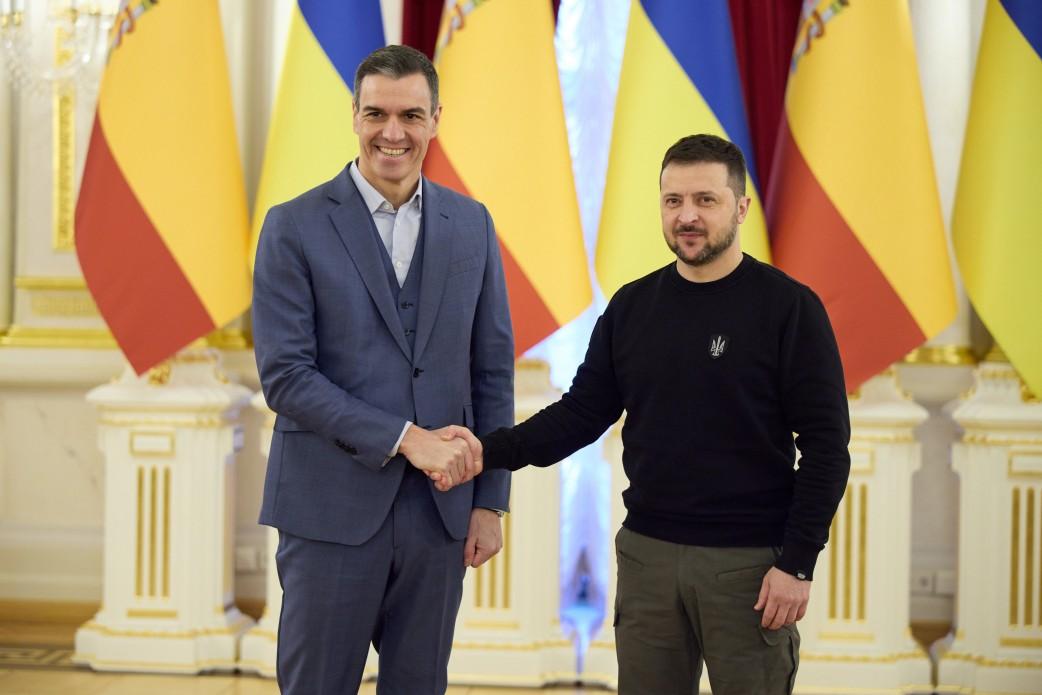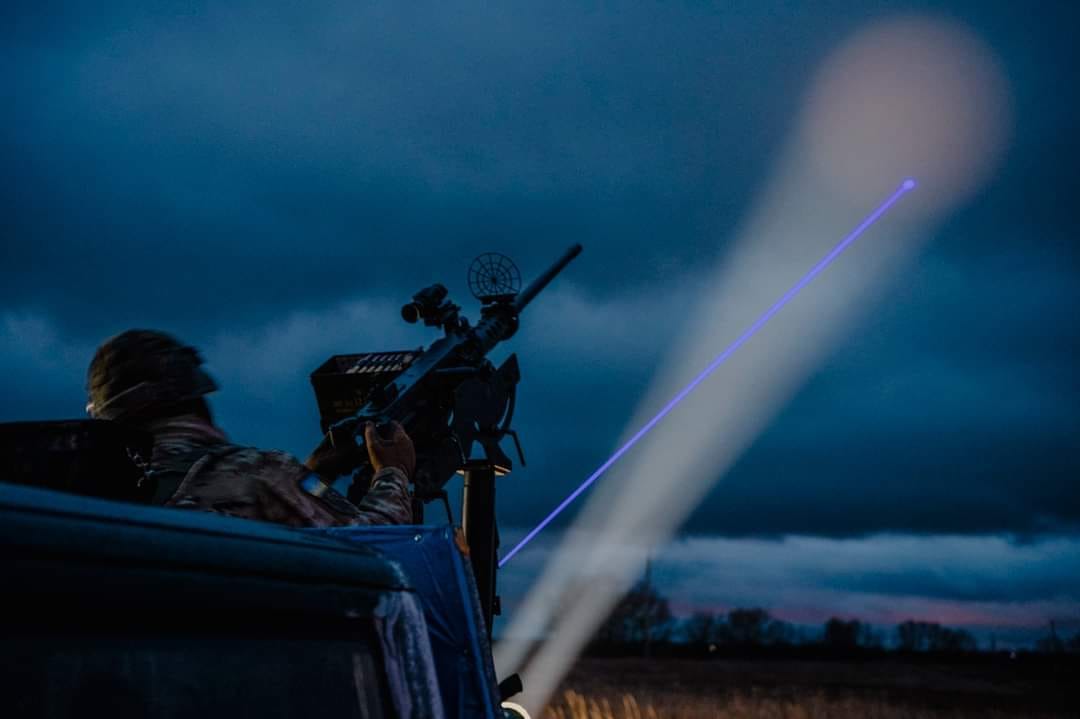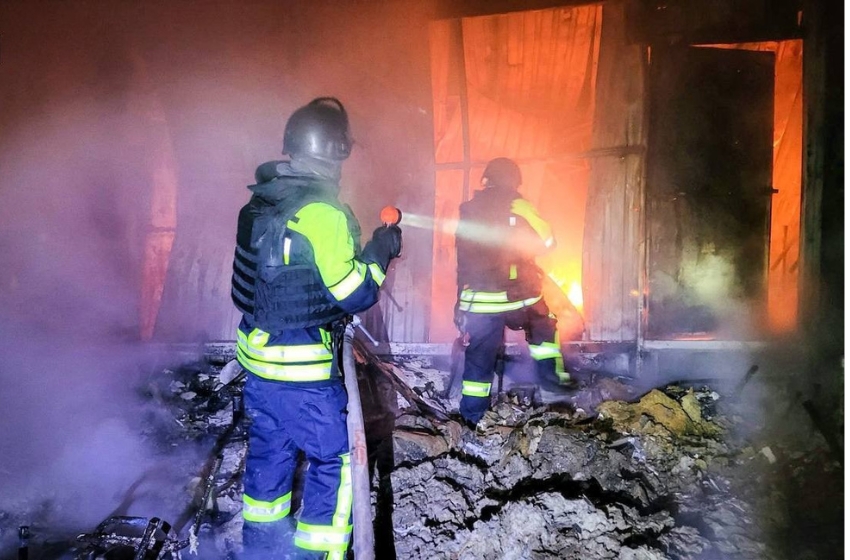The war in Ukraine is currently transitioning to a new phase, which the military refers to as a "position" war characterized by static and exhausting combat, as stated by the Commander-in-Chief of the Armed Forces of Ukraine, Valeriy Zaluzhny, in a column for The Economist.
Zaluzhny believes that this new phase, which is distinct from the previous "maneuver" war focused on movement and speed, will benefit Russia and allow it to rebuild its military strength.
He emphasizes that the threat of transitioning to a position war poses a serious challenge to Ukraine, and prolonging the conflict is advantageous to the adversary as it provides an opportunity to renew and enhance its military capabilities.
According to Zaluzhny, to win the war, Ukraine needs weaponry, with rockets and projectiles being the primary armament. He emphasizes that the Ukrainian Armed Forces require critical military capabilities and technologies to succeed in this type of warfare. The most important of these capabilities is air power, as control of the skies is essential for large-scale ground operations. At the beginning of the war, Ukraine had 120 combat aircraft, of which only one-third were operational.
Another significant advantage in the war is drones. The large number of drones provides an advantage to the Russian army and hinders the Ukrainian counteroffensive. Russian drones have taken on a substantial portion of the role of manned aviation in terms of reconnaissance and airstrikes.
Ukraine needs to launch mass strikes using decoys and combat drones. This will overload Russia's air defense systems.
"We need to hunt down Russian drones using our own hunter drones equipped with nets. We must use signal-emitting decoys to attract Russian glide bombs. And we need to blind Russian drones’ thermal cameras at night using stroboscopes," writes the Commander-in-Chief.
Electronic warfare and signal jamming for communication and navigation.
Electronic warfare (EW) is the key to victory in the drone warfare. Russia has been modernizing its EW forces for the past decade and has created a new branch of the military with 60 new types of equipment.
"It outdoes us in this area: 65% of our jamming platforms at the start of the war were produced in Soviet times," says the Commander-in-Chief.
Counter-battery fire and the complete destruction of the enemy's artillery in this war, as in most past wars, constitute 60-80% of all military tasks.
"When we first received Western guns last year, we were quite successful at locating and striking Russian artillery. But the effectiveness of weapons such as Excalibur, a gps-guided American shell, has declined dramatically owing to improved Russian electronic warfare," writes Zaluzhny.
Ukraine needs to improve demining technology. At the beginning of the war, Ukraine had limited and outdated demining equipment. However, even Western supplies of demining devices proved insufficient given the scale of Russian minefields in Ukraine.
"We need radar-like sensors that use invisible pulses of light to detect mines in the ground and smoke-projection systems to conceal the activities of our de-mining units," he believes.
Building up Ukraine's reserves. Putin couldn't achieve a quick victory in the war against Ukraine due to the fear of declaring a general mobilization, which could provoke a political crisis. Ukraine's ability to prepare reserves on its own territory is also limited. We cannot easily spare soldiers being sent to the front. Furthermore, Russia could strike at training centers. There are legal gaps in our legislation that allow citizens to evade their duties.
"A positional war is a prolonged one that carries enormous risks to Ukraine’s armed forces and to its state. If Ukraine is to escape from that trap, we will need all these things: air superiority, much-improved electronic-warfare and counter-battery capabilities, new mine-breaching technology and the ability to mobilise and train more reserves," emphasized Zaluzhny.





















